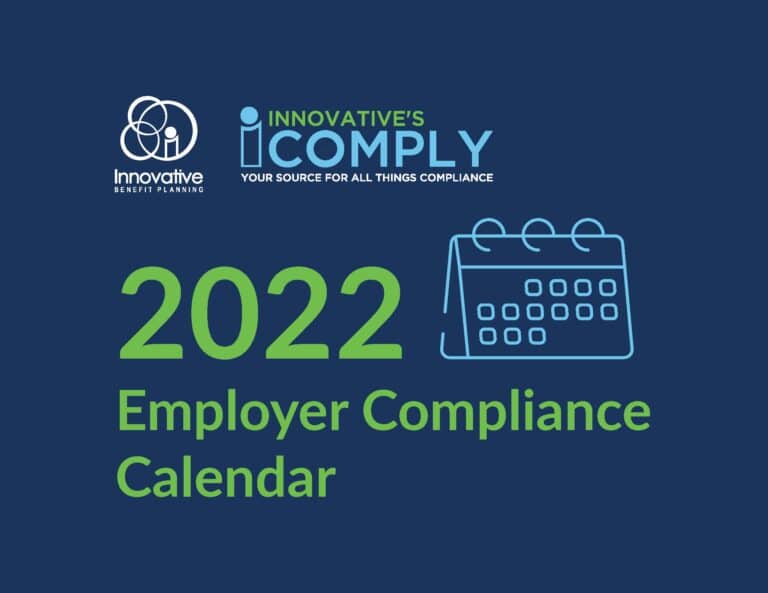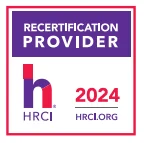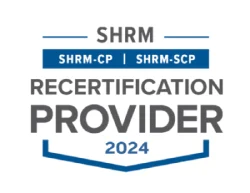Substantial Medical Loss Ratio Rebates Expected in 2022

Per the Kaiser Family Foundation, an estimated 8.2 million Americans will be due rebates for 2022. Further the analysis states that health insurers are expected to pay a total of $1 billion to policyholders. In light of this, plan sponsors should be prepared to handle any Medical Loss Ratio (MLR) rebates they receive from their insurance issuer in a manner that aligns with applicable rules.
The Affordable Care Act (ACA) outlines the requirements private health insurance issuers must follow, including obligations related to premium spending. The ACA requires health insurers to spend at least 80% to 85%, depending on the size of the market, of premium dollars on medical care. The remaining 20% to 15% is reserved for administration, marketing expenses and profit. If these requirements are not met, plans are required to provide annual rebates to the policyholders, the Medical Loss Ratio (MLR) Rebates. These refunds or rebates are issued by September 30th each year. In cases where the employer/policyholder has paid the entire cost of the insurance coverage, then no part of the rebate would be distributed to participants. However, in cases where the participant and employer both contribute a specific percentage of the premium to the plan, a percentage of the MLR rebate would be attributed the plan participants consistent with the percentage of the cost contributed.
The Department of Labor (DOL) issued guidance outlining employer/policyholder’s obligation with respect to the rebates. Under this guidance, employers/policyholders have three options for distributing rebates to participants. Rebates can either:
- Be used to reduce the participants’ portion of the annual premium for all participants covered by any of the group health policies offered by the employer/policyholder,
- Be used to reduce the participants’ portion of the annual premium for only the participants on the plan the rebate is associated with, or
- Distributed back to the participants covered by the plan the rebate is associated with in the form of a cash refund
Employers are also able to use the rebates toward benefit enhancements for participants. Since rebates that are paid out are typically relatively small, policyholders will usually opt to apply the rebate to contributions or plan enhancements rather than cut fairly small checks to participants. Additionally, any cash disbursement could be subject to taxation outlined by the Internal Revenue Service (IRS). The IRS has issued FAQs to explain the tax considerations for employers with respect to the MLR rebates. Employers should maintain records outlining how the MLR rebate was handled and who benefitted from the rebate.
If you have additional questions around the MLR rebate, please reach out to your Account Team or outside legal counsel for further assistance.

2022 Employer Compliance Calendar
Are you finding it difficult to keep up with the constant changes in the compliance landscape? We understand that HR professionals have other important items on their plate so we have put together a 17 page calendar that will insure employers are meeting deadlines to remain compliant in the workplace. Click below to download our calendar!
Categories
Archive







